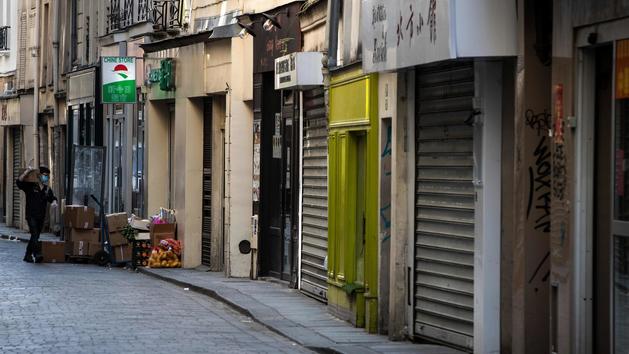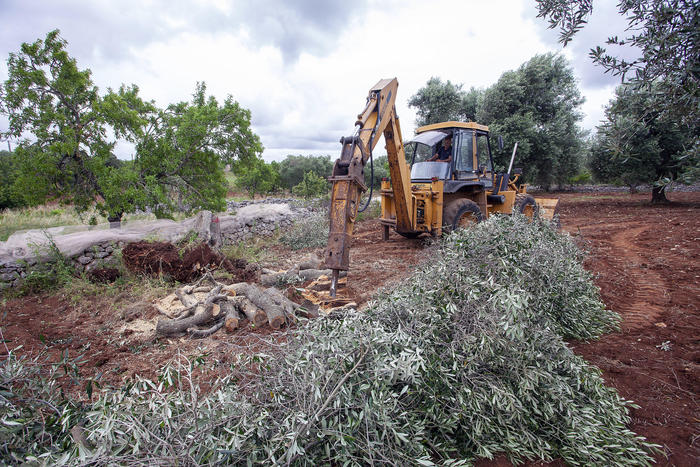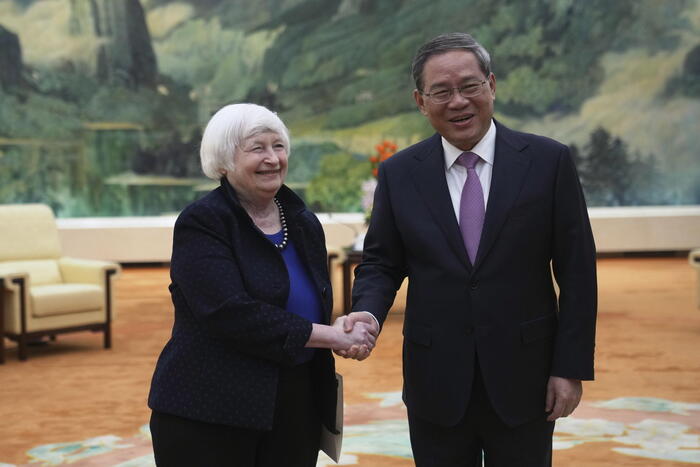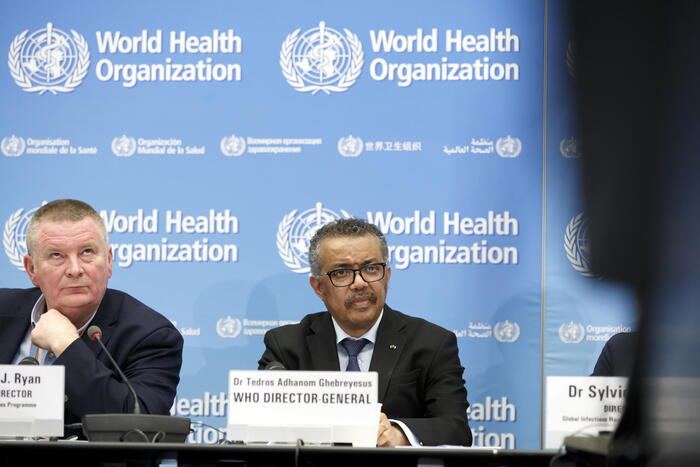Housing, family situation and education: in a note published in early August, the Treasury is interested in these three subjects and observes that the inequalities linked to them have been exacerbated by the confinement. The institution recalls a pre-existing reality: 4 million people are poorly housed in France, including 150,000 homeless and 900,000 in a situation of increased overcrowding, according to the latest report from the Abbé Pierre Foundation. The most extreme and glaring inequalities concern homeless people, migrants and populations living in prison, notes the Treasury in its note.
Read the file: The phenomena born of the "great confinement"
The confinement has come to reveal important differences in terms of the area of housing. Households of executives thus have housing on average 1.5 to 2 times larger than households of inactive (excluding retirees), workers or employees, details the note citing the publication "Housing, vector of inequalities ”by Fanny Bugeja-Bloch and Anne Lambert. This would translate into a difference of 10m2 of available housing space per individual between the best and least well-off socio-professional categories. However, the Treasury points out that managers and intermediate professions live more in urban areas, and are therefore less likely to benefit from an outdoor space. The self-employed and workers more often live in a single-family house.
As for the housing environment, households of workers or employees living in large cities are overexposed to dense urban views, while nearly 40% of households of executives or intermediate professions have no vis- vis-à-vis. Otherwise, their counterpart is more often a detached house than a building.
Read also: At the school of guide dogs in Paris, difficult to catch up with the delay linked to confinement
The announcement of confinement was also marked by an exodus of Ile-de-France residents to other regions. The Treasury, which cites figures from INSEE, details that 40% of the 30,000 departures from the capital corresponded to the case of individuals passing through Paris and returning to their department of residence. “ The rural exodus ” represented 33% of these departures. Unsurprisingly, 65% of French owners of a second home or a pied-à-terre are part of households in the upper income quartile.
Confinement experienced differently depending on the family situation
The Treasury note, citing INSEE, dwells on the situation of people living alone, who number 10.5 million in France, considered " the most vulnerable, both psychologically and practically." The poverty rate for single people is indeed higher than the national average (9.6% of people living alone against 8%) and they are three times more often in a situation of extreme monetary poverty than couples with children.
Read also: Limiting the widening of inequalities, a vital issue for the world after the Covid-19
In addition, inequalities between men and women have been amplified within the household, " women already carrying out usually 64% of household chores and 71% of parental chores " recalls the Treasury with figures from INSEE. According to a survey cited by the note, 70% of women have in fact supervised their children's work on a daily basis during confinement, against 32% of men. This same survey also reveals that women, in particular those living in a couple with children, were the least satisfied with their confinement. Finally, the Treasury notes that domestic violence could have been exacerbated by the confinement.
Educational inequalities accentuated by confinement
Learning conditions have deteriorated for some children due to confinement: only 64% of low-income households have a computer, and 9% of all adolescents do not have access at all, according to the reports. ARCEP figures relayed by the Treasury. In addition, multi-equipment remains rare (42% of high-income households, and 13% of the poorest households), adolescents following distance courses must therefore share the family computer with their parents, possibly themselves. teleworking. These differences in learning conditions risk " reinforcing existing educational inequalities ," concludes the Treasury.









